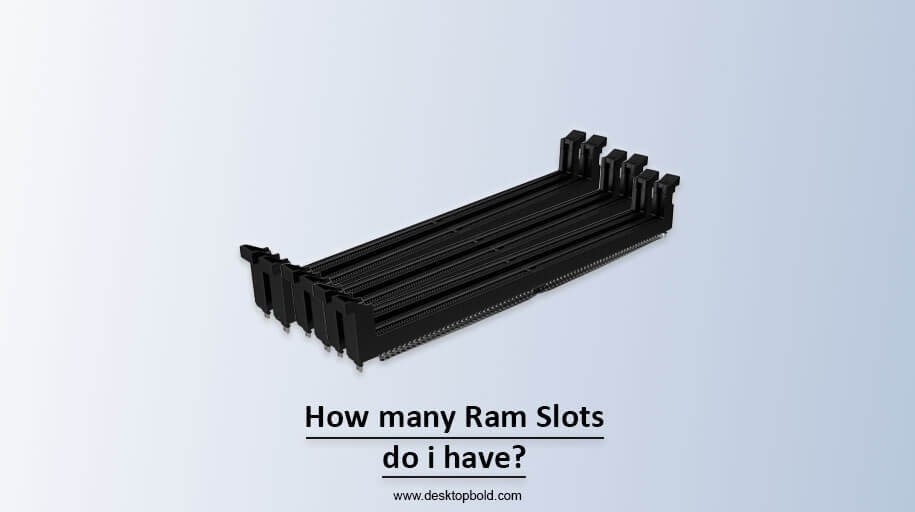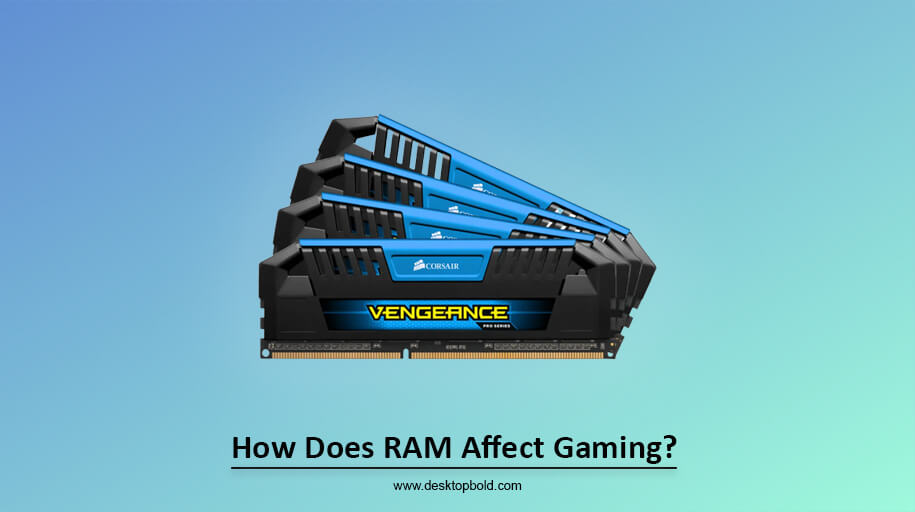Depending on the motherboard’s specifications for PC building, the number of RAM slots fix permanently. It relies on the build you are having, like, micro-ATX, ATX or mini-ATX.
How many RAM slots are available to add more RAM to the computer first? You must be careful about having RAM slots, as only four places are there for small builds.
If you are seeking the specifications of your computer, this guide will help you out so that there is no need to open the computer case for the answer to this question, How many RAM slots do I have?
What Are DIMM Slots?
The acronym of DIMM is Dual In-line Memory Module, which is just the slots for RAM and no more.
The actual number of slots you have depends on the DIMM slots provided to you. So, similarly, you need to have DIMM slots. And if the number of DIMMs you have is precise, you will not worry about the RAM slots.
The current motherboard you are having does matter for the DIMM slots that the computer’s motherboard possesses. Unless you have a mini-ATX build, most motherboards have four DIMM slots.
Supporting the older RAM models means, the older motherboards must have the four DIMM slots. If you decide in the upcoming days that more RAM slots are required, check what RAM would be suitable with the computer, as you might purchase the RAM of older days and support the build of your PC.
Checking the Specifications of Your Motherboard
By switching on the windows on the PC, you can open the Cmd.exe to overview the number of DIMM slots you have. For this, you have to search “Cmd” or the Command prompt on the search box of the windows, and you will find it on your screen. When the Command prompt opens, type ‘wmic baseboard get product, Manufacturer,” and the computer’s current motherboard will see you.
With the help of the brand’s website, you need to search for the motherboard’s specifications. If more RAM slots are required to add so, recall how many RAM slots download on your computer. Already using the two slots will be determined if anything buys with “(dual)”. Case in point: a 16 GB (dual) DDR4 3800 G. Since there are two distinct 8GB 3800 DDR4 modules in the Skill Trident Z Neo, CL18, it will require two DIMM ports.
By making the current build more prominent, it is vital to check the RAM if you are willing to add more RAM. It is the usual method to improve the RAM for streaming purposes or make better performance. If a similar brand is available, it is OK; otherwise, try to have their pairs with the same RAM fluency and CAS latency.
ATX vs Micro-ATX vs Mini-ATX DIMM Slots
To describe the size differences, a bit of knowledge is here. The premium or bigger build is ATX, while the minor build is micro-ATX. The smallest one is Mini-ATX which is relatively more minor than micro-ATX. “The smaller the build, the cheaper it is” applies equally to these three categories.
However, some variants don’t adhere to that guideline, typically because doing so would require sacrificing performance for a smaller overall size. Compared to an ATX setup, the cost of a mini-ATX system with a high-performance motherboard will be higher.
Supporting just two DIMM slots is enough for the mini-ATX motherboards. The similar storage the mini-ATX builds supports the Dual-channel, so having two sticks of places is better than one. Generally, two pieces of RAM are not required; hence, building smaller PCs is the option that most people choose for the sake of saving money.
More memory, the players are satisfied with 16GB of RAM as not more than eight running instances are allowed. While rendering, editors and art lovers require more than 16GB of RAM. According to their complex work, 32GB of RAM is insufficient, so they prefer to purchase higher-performance PCs.
Conclusion
For playing games, only two to four RAM slots need for the build. A minimum of 16GB RAM requires for the latest VR and AAA games, which have more system requirements. The longevity of the parts of the computer reduces if the PC gets overburdened during streaming if more programs open in the background.




